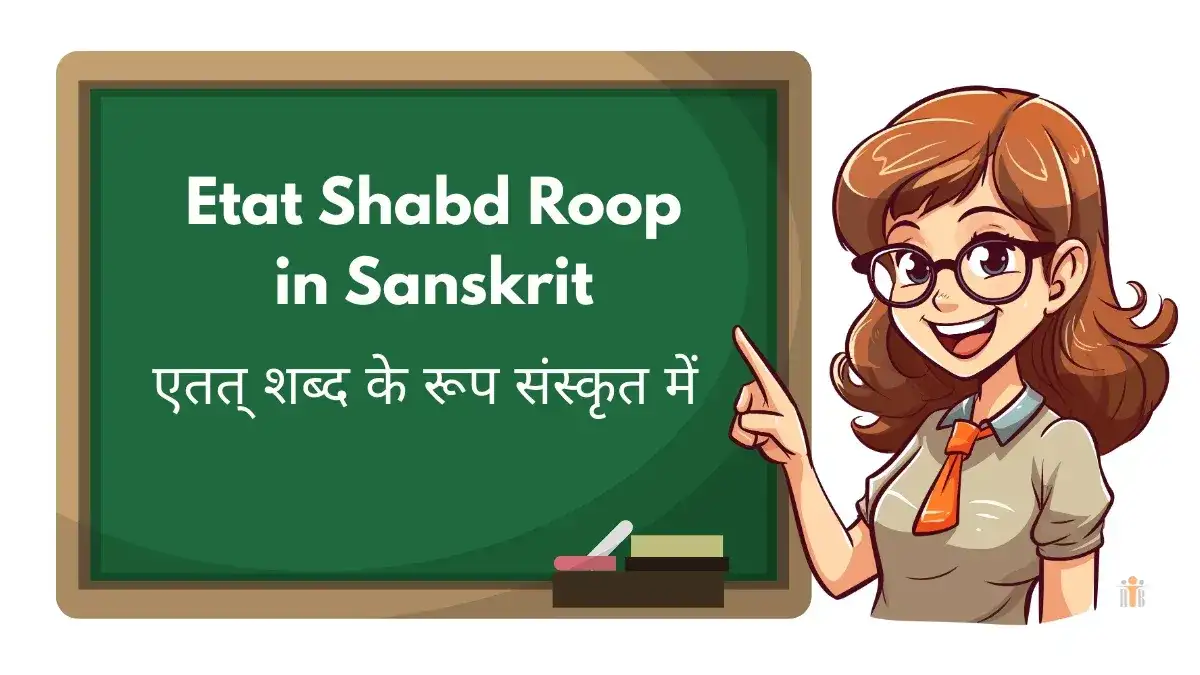With the rise of online learning, educators have had to adapt to teaching in a virtual environment. While virtual learning offers many benefits, such as flexibility and accessibility, it can also present challenges for student engagement and connection. In this article, we explore ways in which educators can be present and engaged with their students online, creating meaningful connections and promoting effective virtual learning.
Creating a Presence Online:
Regular Communication: Regular communication with students is essential for creating a sense of connection in the virtual classroom. Educators should set clear expectations for communication and use a variety of channels, such as email, discussion forums, and video conferencing, to stay in touch with their students.
Personalization: Personalizing the learning experience can help students feel seen and valued. Educators should strive to get to know their students individually and create opportunities for personalization, such as personalized feedback and virtual office hours.
Active Listening: Active listening is key to understanding students' needs and concerns in the virtual classroom. Educators should listen carefully to their students and make an effort to respond to their questions and concerns in a timely and empathetic manner.
Engaging Students Online:
Interactive Activities: Interactive activities, such as online discussions, group projects, and virtual simulations, can help engage students in the learning process. Educators should create opportunities for collaboration and discussion to keep students engaged and active in their learning.
Multimedia Resources: Multimedia resources, such as videos, podcasts, and interactive learning modules, can help make the virtual classroom more engaging and dynamic. Educators should incorporate a variety of multimedia resources into their teaching to keep students interested and motivated.
Feedback and Assessment: Providing regular feedback and assessment is essential for student engagement and motivation in the virtual classroom. Educators should create opportunities for students to receive feedback on their work and provide clear and constructive feedback to help students improve their learning outcomes.
Conclusion:
Being present and engaged with students online is essential for effective virtual learning. Educators should create a sense of connection through regular communication, personalization, and active listening. They should also engage students through interactive activities, multimedia resources, and regular feedback and assessment. By creating meaningful connections and promoting active engagement, educators can create a successful virtual learning environment for their students.
FAQs:
Q: How can educators overcome the challenge of keeping students engaged in a virtual classroom?
A: Educators can keep students engaged in a virtual classroom by creating interactive activities, using multimedia resources, and providing regular feedback and assessment.
Q: How can educators personalize the learning experience in a virtual classroom?
A: Educators can personalize the learning experience by getting to know their students individually and creating opportunities for personalization, such as personalized feedback and virtual office hours.
Q: How important is regular communication in a virtual classroom?
A: Regular communication is essential for creating a sense of connection in the virtual classroom. Educators should use a variety of communication channels to stay in touch with their students and respond to their questions and concerns in a timely manner.






Comments(0)